‘Fat Man’ Decimated Nagasaki and Became the Last Nuclear Weapon Deployed in Warfare
Fat Man was the codename given to the plutonium core nuclear weapon that was developed as part of the Manhattan Project at Los Alamos National Laboratory. The first one was detonated as part of the Trinity Test, and two more were detonated at Bikini Atoll after the Second World War, as part of Operation Crossroads.
However, the most famous Fat Man bomb was the one dropped over Nagasaki, Japan, on August 9, 1945, killing an estimated 40,000 people in the immediate aftermath.
Birth of the idea
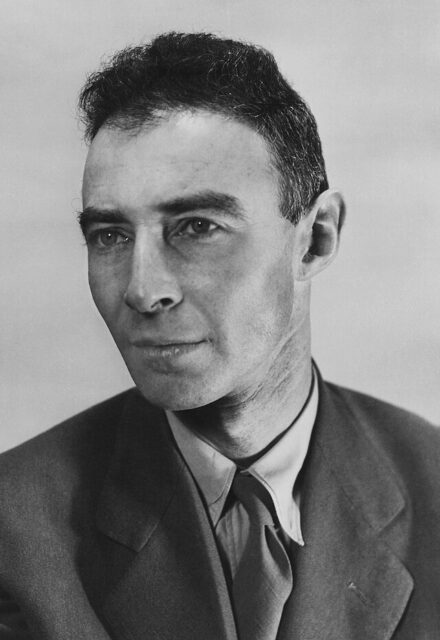
The story of Fat Man begins at conferences held by J. Robert Oppenheimer in Chicago, Illinois, and Berkeley, California, in June 1942. He’d brought together engineers and physicists to discuss designing a nuclear bomb, and they wound up going with a gun-type design. Richard C. Tolman had suggested an implosion-type nuclear weapon, but this was met with little interest.
In early 1943, Oppenheimer reviewed all the options and decided to prioritize the gun-type of weapon, giving it the codename, Thin Man. Gun-types were given most of the research effort. However, Oppenheimer still created the E-5 group at Los Alamos, under Seth Neddermeyer, to investigate implosions.
Where did the Fat Man codename come from?
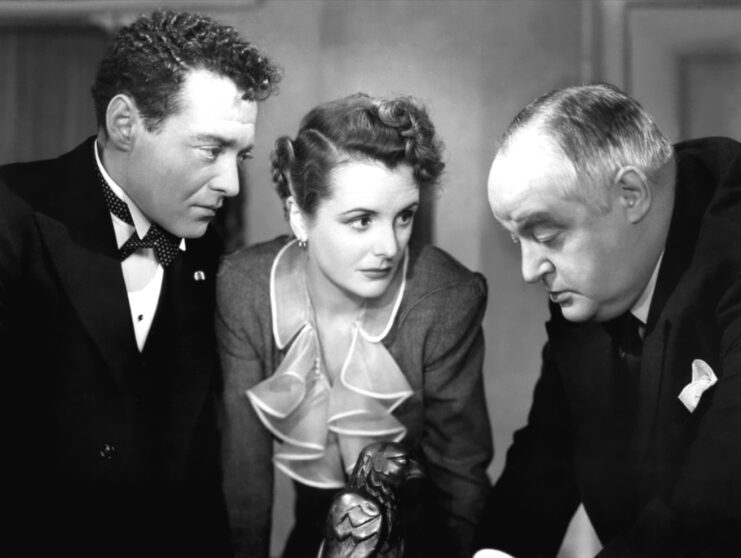
By this point, you’re probably wondering where the names Fat Man and Thin Man came from.
Robert Serber, a former student of J. Robert Oppenheimer’s, came up with the names, based on the shape of the designs. Fat Man was round and fat, leading it to be named after Sydney Greenstreet’s character in 1941’s The Maltese Falcon.
Interestingly, these codenames came in handy when the US Army Air Forces required a cover story to hide its involvement in the Manhattan Project. The cover story was that Silverplate (the USAAF’s codename), was working on modifying a Pullman railroad car for US President Franklin D. Roosevelt (Thin Man) and British Prime Minister Winston Churchill (Fat Man).
These monikers were used over the phone, to hide what the Manhattan Project was really working on.
Early development of Fat Man
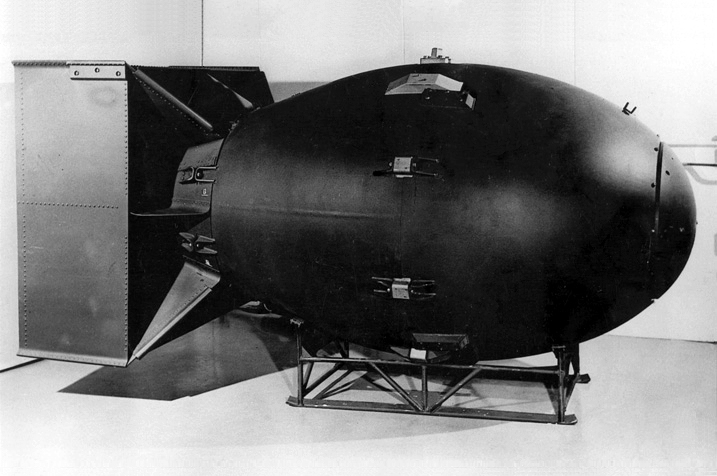
Starting off, Seth Neddermeyer rejected the initial concept of implosion, in favor of one where a hollow shell was imploded by an explosive shell. His efforts in July and August 1943 weren’t yielding the results he wanted, but it was his enthusiasm and belief in implosion that kept the project alive.
In September of that year, J. Robert Oppenheimer brought John von Neumann to Los Alamos to look at the implosion. While he latter was speaking with Edward Teller, the latter suggested using high explosives in shaped charges to implode a sphere – he said the plutonium would compress under such pressure.
Teller showed it could result in the faster assembly of fissile materials than the gun-type design, and it also reduced the amount of material needed because it had a higher density.
Shifting focus to Fat Man
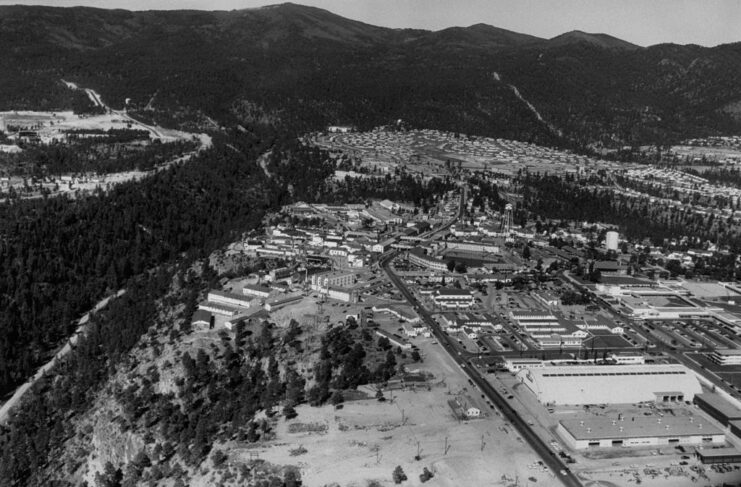
Despite the impressive work being done, the Fat Man implosion-type was kept as a backup until April 1944. Impurities in the isotope plutonium-240 were found in reactor-produced plutonium, which made it much more reactive. It also had a higher spontaneous fission rate, which made it likely that pre-detonation could happen and the bomb would blow itself up during the initial formation of critical mass.
Thus, the only way to use plutonium in a bomb was implosion.
After a meeting at Los Alamos on July 17, 1944, it was agreed the gun-type weapon was no longer practical. The laboratory was reorganized, so the main research focus was on implosion for Fat Man.
New problems arise
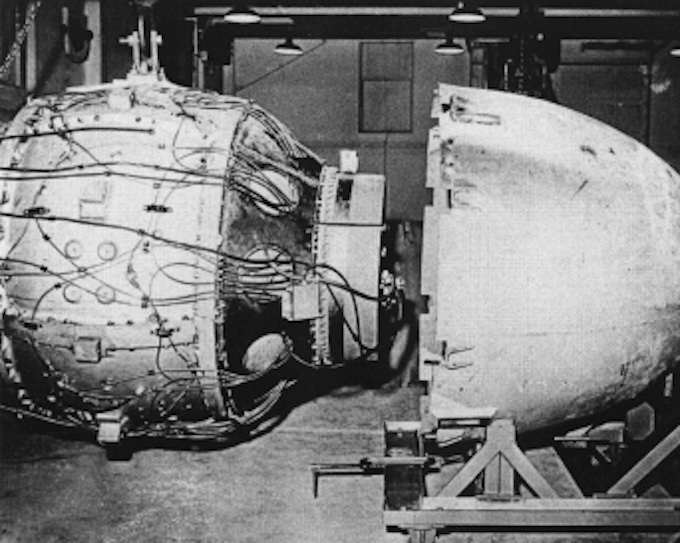
There were a series of problems with implosion that took up most of the research focus. One of the biggest was figuring out how to cast plutonium into a sphere; the metallurgists kept getting inconsistent results when measuring the density of the plutonium. It was discovered there were multiple allotropes of plutonium.
Malleable δ phase, found at 300-450 degrees celsius, was found to be stable at room temperature. Plutonium-gallium alloy was used to stabilize the δ phase and could be hot-pressed into the desired shape. This was cast into two hemispheres. The core was made up of two hemispheres, with a ring and triangular cross-section between them to keep them aligned and coated in nickel.
Another issue was that Fat Man‘s was limited by the aircraft available to carry it. There were only two: the British Avro Lancaster and the American-operated Boeing B-29 Superfortress. The latter was chosen, as it had a number of advantages over the former, which restricted the length of Fat Man to 11 feet and a width to five and a half feet (with the bomb rails removed).
Testing early iterations of the nuclear bomb
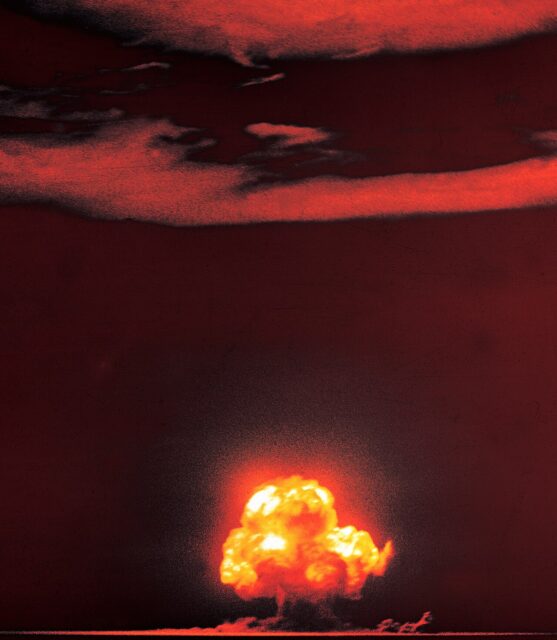
Starting in March 1944, drop tests led to modifications on the B-29 Superfortress, due to the weight of the bomb. In the early days of these trials, Fat Man was off-target by an average of 1,857 feet. However, by June, this distance was halved, as bombardiers got more used to the device.
Fat Man also went through several design revisions. The early Y-1222 model was assembled with 1,500 bolts. Different versions equipped with different numbers of detonators were also produced, along with the practice variants, Y-1563 and Y-1564, which featured no detonators. The final wartime model, Y-1561, was assembled with 90 bolts.
On July 16, 1945, Y-1561 Fat Man, called “Gadget” was detonated in a test explosion, as part of the Trinity Test in New Mexico. It produced a yield of 25 kilotonnes and, while minor design changes were made after, it was pretty much the exact same as the one dropped on Nagasaki.
Building Fat Man in the Pacific Theater
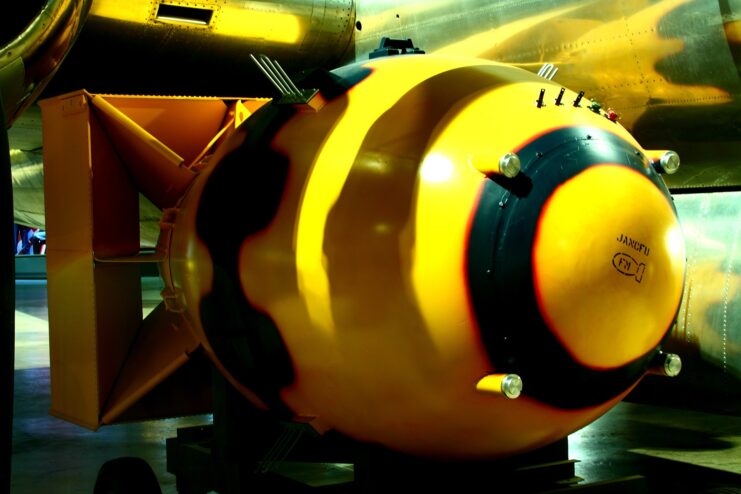
On August 7, 1945, the day after Hiroshima was bombed, a meeting was called between Rear Adm. William R. Purnell, Cmdre. William S. Parsons, Col. Paul W. Tibbets, Gen. Carl Spaatz and Maj. Gen. Curtis LeMay on Guam. Since there was no evidence Japan would surrender, the men decided to drop the next device. They agreed Fat Man would be ready on August 9.
Fat Man 31 was assembled on Tinian by Project Alberta personnel. It was put in an ellipsoidal aerodynamic bombshell, painted mustard yellow and signed by 60 people. The acronym “JANCFU” was stenciled on the device’s nose to stand for “Joint Army-Navy-Civilian ****up,” a play on “SNAFU.” It was then wheeled into the bomb bay of the B-29 Superfortress Bockscar, flown by Maj. Charles W. Sweeney. Cmdr. Frederick L. Ashworth from Project Alberta was the weaponeer in charge.
Atomic bombing of Nagasaki
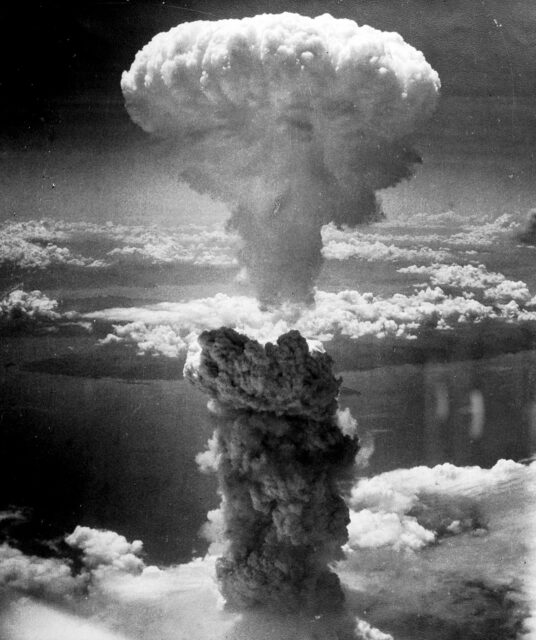
The B-29 Superfortress Bockscar took off at 3:47 AM on August 9, 1945. Kokura was the primary target, while Nagasaki was the secondary target. When they reached the former, however, 70 percent of it was covered by clouds and smoke, hiding the aiming point.
Charles Sweeney made three bombing runs, but after 50 minutes of burning fuel and exposing Bockscar to Yahata’s anti-aircraft defenses, the decision was made to divert to Nagasaki.
Nagasaki was hidden by clouds as well and Sweeney was ordered to make a radar approach, but, at the last minute, a bombardier found a hole in the clouds. Fat Man was dropped and exploded at 11:02 AM local time after a 43-second free-fall from an altitude of 1,650 feet. It missed the intended detonation point by two miles, resulting in less damage than the bombing of Hiroshima.
An estimated 35-40,000 people were killed outright by Fat Man, with most of the direct deaths and injuries among munitions and industrial workers. Including long-term health effects, a total of 60,000-80,000 fatalities were caused by the bomb. Some died later from blast and burn injuries, and hundreds more perished from radiation illnesses.
It was the last nuclear weapon ever used in warfare.
What happened after World War II?
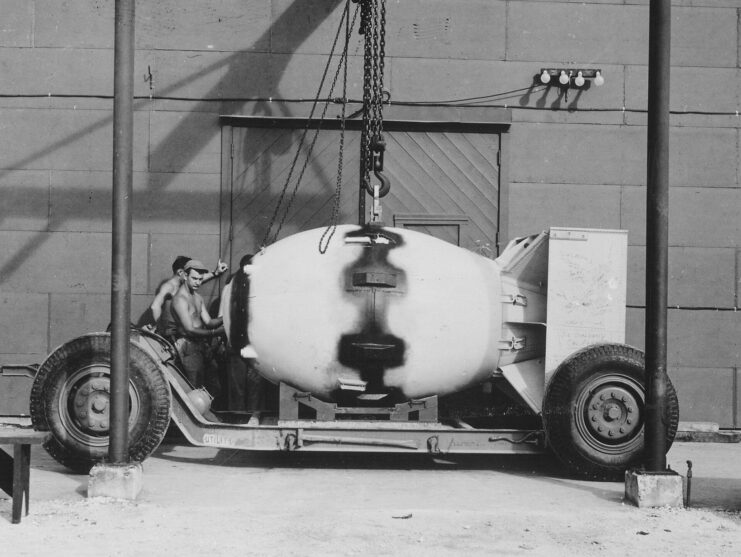
After the end of World War II, two Y-1561 Fat Man bombs were detonated at Bikini Atoll, as part of the Operation Crossroads nuclear tests. Los Alamos was already back at work, trying to improve the design.
Despite the B-29 Superfortress and the Convair B-36 Peacemaker being the only aircraft that could carry Fat Man, the US Army Air Forces asked the laboratory for 200 Fat Man bombs in November 1945. However, there were just two sets of plutonium cores and high-explosive assemblies at time. This prompted the USAAF to push for improvements to the design, which could make Fat Man easier to manufacture, assemble and handle.
The Mark III Mod 0 Fat Man was ordered into production in mid-1946, but, by December 1948, only 53 plutonium cores were available. The Mod 0 was replaced by the Mod 1 and 2, and all early models were rebuilt as Mod 1 or 2s by October 1949.
More from us: Tuskegee Airmen: The African-American Pilots Who Broke Barriers in World War II
Want War History Online‘s content sent directly to your inbox? Sign up for our newsletter here!
One hundred and twenty Mark III Fat Man bombs were added to the stockpile between 1947 and ’49, when it was officially replaced by the Mark 4 nuclear bomb. The former was officially retired in 1950.
The post ‘Fat Man’ Decimated Nagasaki and Became the Last Nuclear Weapon Deployed in Warfare appeared first on warhistoryonline.
‘Fat Man’ Decimated Nagasaki and Became the Last Nuclear Weapon Deployed in Warfare
Philippines Truth
Post a Comment
0 Comments